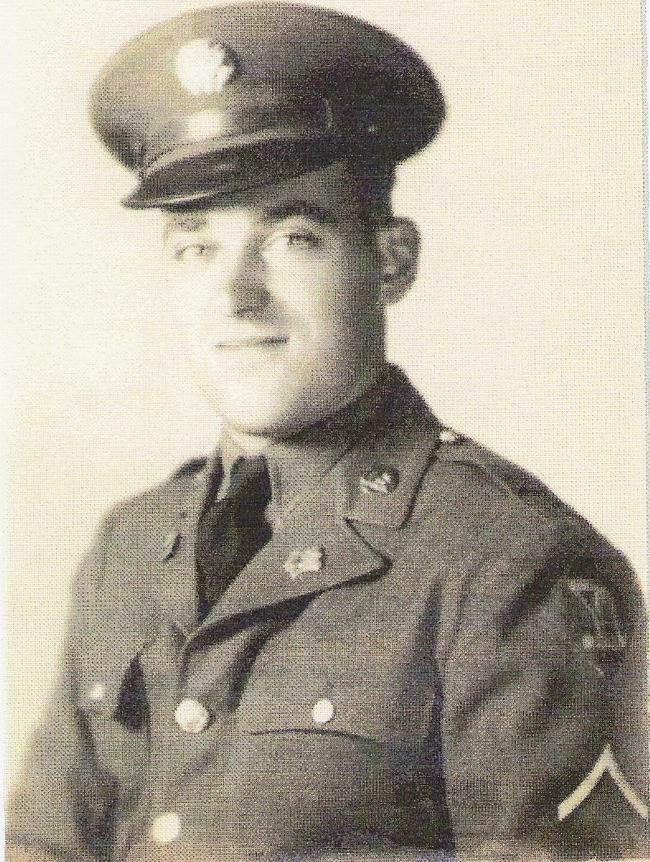On this, the 70th anniversary of the death of
Philip Albert Justis, I wanted to take a minute to write a brief memorial from
what we know about his life and death.
Philip Albert Justis was born in Somerville, Massachusetts
on 16 February, 1916. The 1920 Federal Census finds him living in Somerville
with his parents, Albert Young and Mabel Alberta (Irving) Justis. By 1930, the census shows the family living
in Wellesley, Norfolk, MA, where his father worked as a printer. He had no
siblings, but Mabel’s niece, Lina Irving (age 17) was living with them.
Ten years later, Albert was working as an executive for a
drug company, and Philip was a stock clerk in a wholesale drug company. For
reasons we can only suppose, Philip enlisted in the U.S. Army as a Private in
Boston on 15 March 1941, nine months before the attack on Pearl Harbor.
It is at this point in the narrative we must mention one of
the most tragic events in family history research: The fire at the personnel
records center in St. Louis, Missouri in 1973. Millions of service men and
women’s personnel records were lost. Both the fire and the resulting water
damage to records have created a documentary disaster that is still being
sorted out over forty years later.
The next document we have been able to locate for Philip is
his burial record, listed on the website of the American Battle Monuments Commission
(ABMC). They list his service number, 31030229, his date of death, 20 July
1944, his rank of Sergeant, and the fact that he had been awarded the Purple
Heart. His body lies in the Normandy American Cemetery in Colleville-sur-Mer,
France in Plot E, Row 14, Grave 36 overlooking Omaha Beach. We also know from
the ABMC listing that Philip served with the 359th Infantry
Regiment, 90th Infantry Division. Recently, I was contacted by a findagrave volunteer who was headed to Normandy and volunteered to both photograph and do a rubbing of Philip's headstone. When folks come to photograph the headstones, volunteers provide sand from Omaha beach to rub into the engraved letters to make them stand out for the photograph, and then clean the headstone afterward.
Poignantly, his mother died three years after her only child’s
death, and their marker in the Needham Cemetery in Needham, MA lists Philip’s
name and dates of birth with “Lies in France” underneath. His father passed away in 1956.
Because he had no siblings, there are few folks left who
knew him at all, but last year, I called his cousin, Ginnie, who lives in
Wellesley. She recalls him as a quiet, serious man who was always kind.
I hope one day to know a little more about Phil’s last days,
but in the meantime, I just want to remember and be grateful for his service
and sacrifice.














